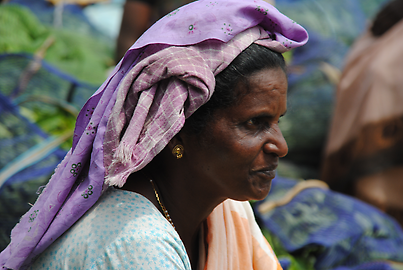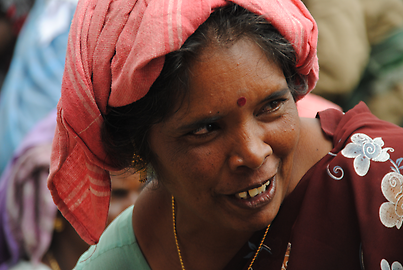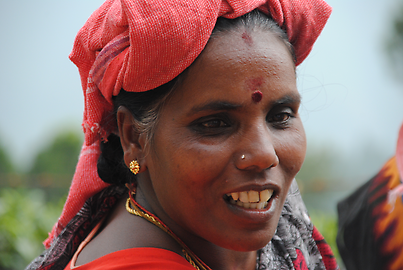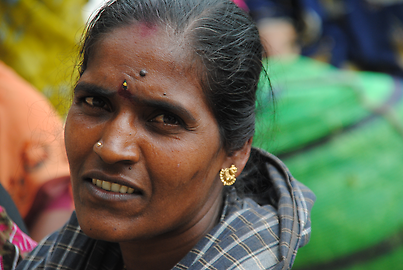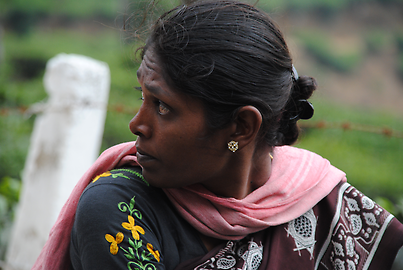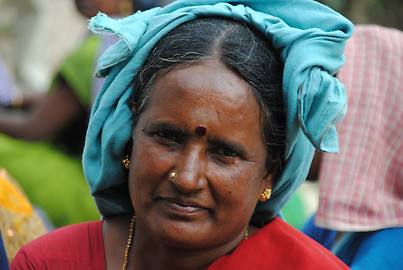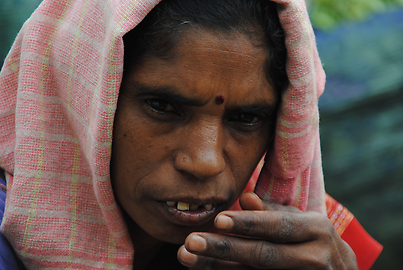No cup of tea without women who pick the tea- leaves!#
By
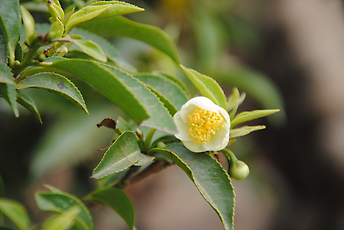
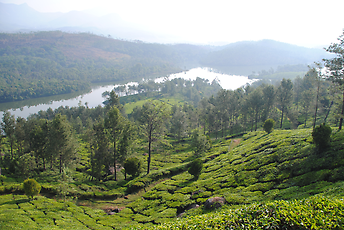

Tea is the most wide-spread refreshment drink in the world. More than one billion Chinese habe been drinking this brew that lifts you up for thousands of years. India is also a country that embraces teas, called Camellia sinensis in botany talk. Japan's tea-ceremony (jap. cha no yu) is a festival for all senses of tranquility and beauty. Tibet has turned it into a warming and strenghtening treat in one of the harshest climates where people live.
The West discovered tea fairly late but then started to treat it at an equal footing with coffee, both coming to Europe as a consequence of the discovery of the world by Western powers in the 16 th century.
The large tea growing areas of South-East Asia are India and Sri Lanka. Names like Darjeeling- and Assam-tea lead us into the North East of the subcontinent India, where elevation, amount of sunshine and rain provide the optimal harmonical conditions for tea. Attempts to grow coffee in the central highlands of Sri Lanka, the former Ceylon, were foiled by agricultural pests. The idea to rescue some of the efforts by growing tea turned into a huge success story. This tea with its delicate mixture of flavours started what is now an integral part of life in the UK: The Five 0’clock tea.
The most westernly areas to grow respectable tea are Armenia, the eastmosten ones are in Japan. Between Eastern Asia and the West there is a dividing line of two cultures: here fermented tea, there "green tea ", only half fermented.
India has areas in the South with also excellent teas. The famous Nilgiri-tea comes from the coastal range of the Western Ghats that belong to the provinces of Tamil Nadu and Kerala. Nilgiri means translated "blue mountains".
In Kerala, on the Western slopes of the Nilgiris it is especially the area arund the city Munnar Indien, Munnar , where tea-bushes thrive particularly well and where there are companies who manage to bring the tea into the right combination for export.
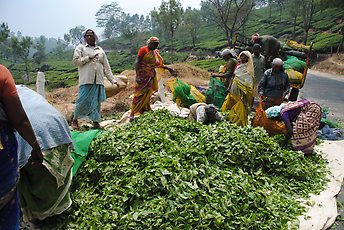

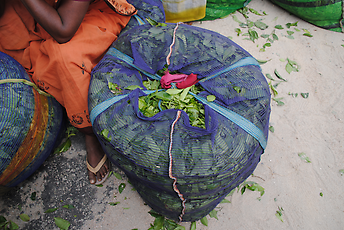
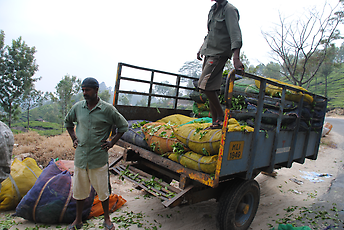
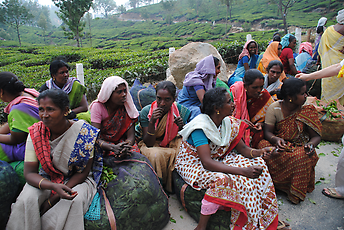
May be this is one typical feature of India: Even when doing common work people are often dressed as if for a celebration!

